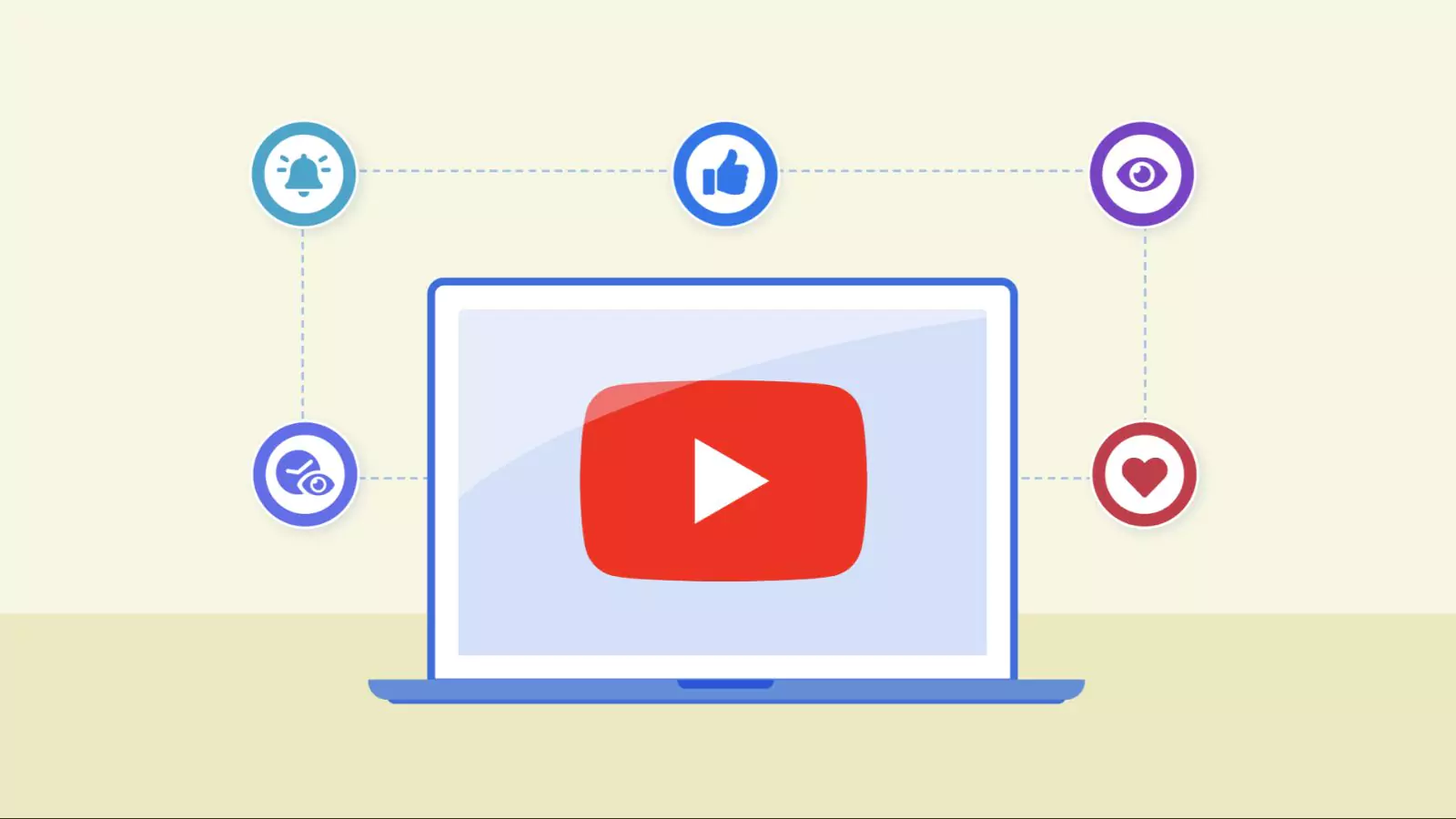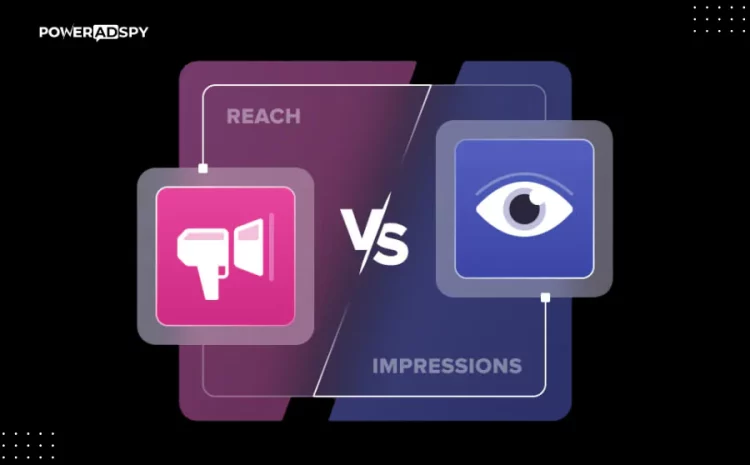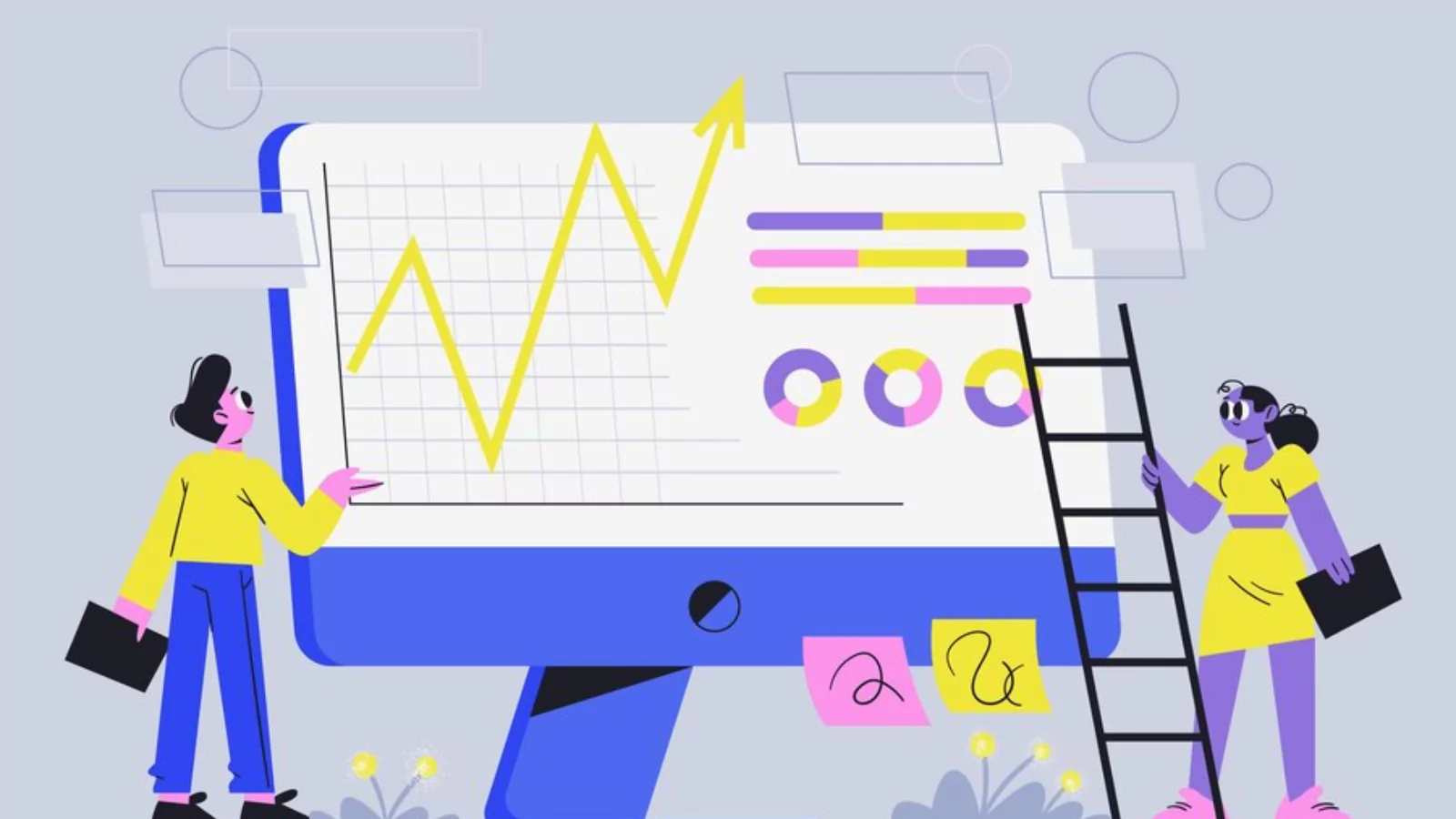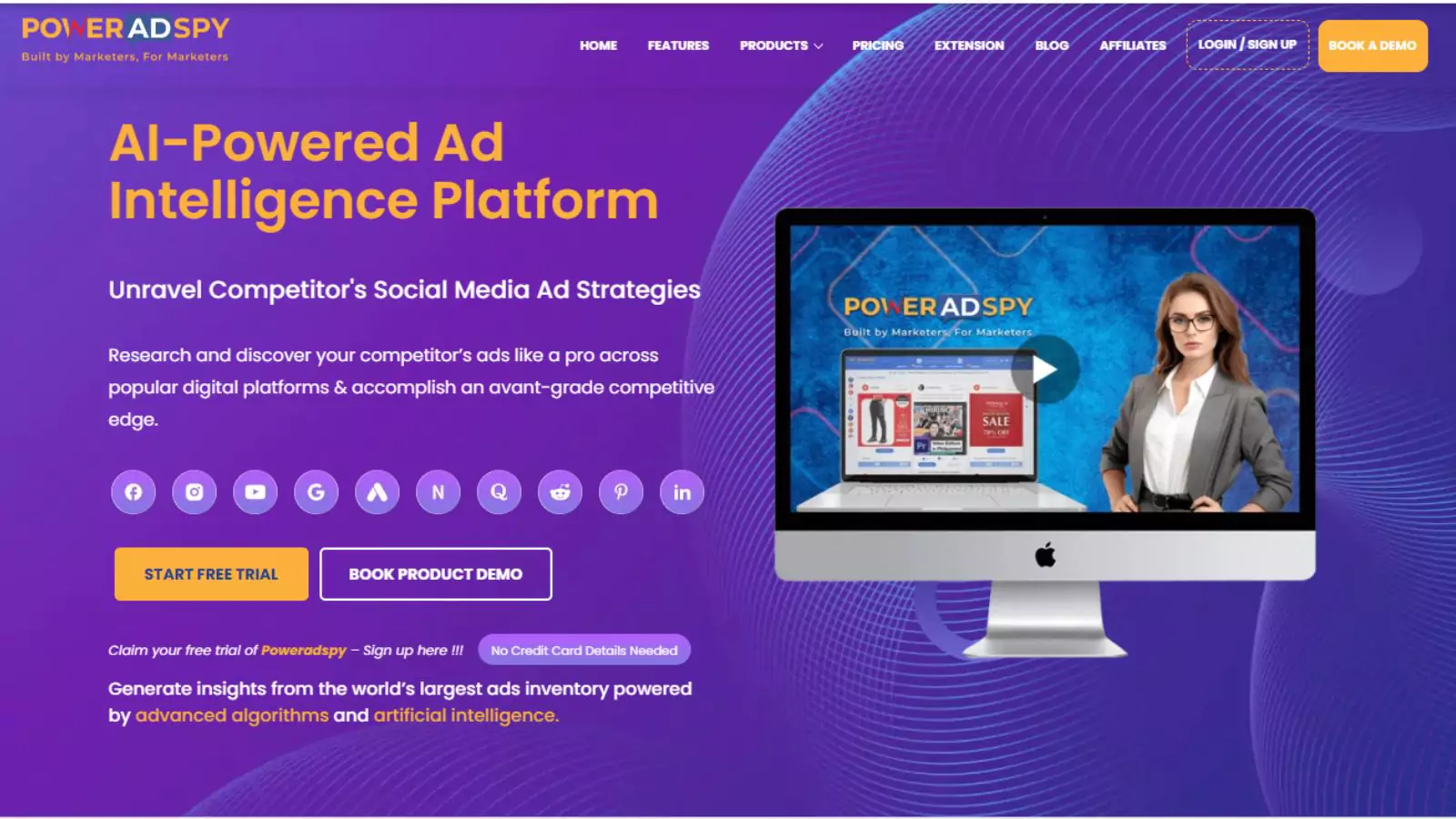Reach Vs Impressions: What’s The Difference & Why It Matters
Did you know that 60% of marketers struggle to differentiate between reach and impressions? If you’ve ever stared at your analytics dashboard wondering why these social media metrics don’t match, you’re not alone. Understanding the difference between reach vs impressions can transform how you measure ad performance and optimize campaigns.
This guide breaks down everything you need to know—from Facebook and Instagram to YouTube and Google Ads. By the end, you’ll know exactly which metric to prioritize for brand awareness, engagement, and conversions.
Listen To The Podcast Now!
Reach vs Impressions: The Core Difference Explained
When analyzing your campaign performance, understanding reach vs impressions is fundamental. While these terms are often used interchangeably in marketing conversations, they measure completely different aspects of your ad’s visibility.
Impressions vs Reach: Breaking Down The Definitions
- Ad impressions represent the total number of times your ad is displayed, regardless of whether the same user sees it multiple times.
- Reach, on the other hand, counts only the unique individuals who viewed your ad at least once.
Here’s a simple analogy: If a billboard on a busy highway is seen by 500 different cars (reach), but those cars pass by it 1,000 times in total (impressions), it means some drivers saw the ad more than once.
Why Does This Difference Matter?
If your impressions are significantly higher than your reach, it indicates that your content is being shown repeatedly to the same audience. This could mean:
Your ad is highly engaging (users keep seeing it). Or you’re experiencing ad fatigue (the same people see it too often without converting).
Which Metric Should You Prioritize?
The answer depends on your campaign goals:
- Brand awareness? Focus on reach to maximize unique viewers.
- Retargeting or conversions? Monitor impressions to ensure your message sticks.
Now that we’ve clarified the core difference between reach vs impressions, let’s explore how they function across different platforms—starting with Facebook.
Facebook Reach vs Impressions: A Platform Breakdown
When analyzing reach vs impressions on Facebook, the platform’s engagement-focused algorithm creates distinct patterns for these metrics.
Impressions represent raw visibility – they increment every time your ad appears on screen, even if the same user scrolls past it multiple times. This explains why you might see surprisingly high impression counts.
Reach, however, acts as your unique audience counter. Facebook’s system deduplicates viewers across devices using their Accounts Center data. For example:
- 50,000 impressions
- 25,000 reach
This 2:1 ratio suggests each user saw your ad twice on average.
Why does reach vs impressions matter specifically for Facebook?
- Brand awareness campaigns require reach optimization to maximize new audience exposure
- Retargeting efforts benefit from higher impressions to reinforce messaging
- Frequency capping (3-5 impressions/user) prevents ad fatigue when reach stagnates
The platform’s auction system also weighs these differently – high reach often requires broader targeting, while impression-heavy campaigns need precise audience definitions.
This Facebook-specific behavior sets the stage for understanding Instagram’s visual-first approach.
Instagram Reach vs Impressions: Engagement Insights
 Instagram’s impressions vs reach dynamic shares Facebook’s core mechanics but amplifies visual engagement signals.
Instagram’s impressions vs reach dynamic shares Facebook’s core mechanics but amplifies visual engagement signals.
A cosmetic brand’s post showing:
- 177,978 impressions
- 167,925 reach
Indicates primarily unique viewers (just 6% repeat views) – the ideal scenario for organic growth.
When reach vs impressions show wider gaps:
- 100K impressions / 40K reach = Users seeing content 2.5x
- Possible causes:
- Algorithm favoring high-performing content
- Limited audience targeting
- Strong engagement triggering reshows
Key strategic takeaways:
- Reach-focused = New product launches, audience expansion
- Impression-heavy = Sales promotions, retargeting
- Balanced = Brand storytelling (aim for <1.5 frequency)
Instagram’s Explore page can unpredictably boost both metrics – sudden impression spikes with proportional reach increases indicate viral potential.
While these photo platforms measure directly, YouTube’s video-centric model requires a different interpretation.
Also Read
What Is An Ad Impression And Why Is It Important?
Top 5 Social Media Metrics To Track As A Business Marketer
Reach vs Impressions YouTube: Measuring Video Impact
 YouTube’s approach to reach vs impressions involves three layered metrics:
YouTube’s approach to reach vs impressions involves three layered metrics:
- Impressions: Thumbnail displays (search/results/suggested)
- Unique viewers: Equivalent to reach (deduplicated count)
- Views: Actual engagements (30+ second watches)
A cooking channel observes:
- 50,000 impressions
- 30,000 unique viewers
- 15,000 views
This reveals: - 60% impression-to-viewer conversion
- 50% viewer retention rate
Pro optimization tips:
- <5% CTR? Improve thumbnails/titles despite high impressions
- High unique viewers but low views? Strengthen opening hooks
- Disproportionate reach vs impressions? Adjust targeting to reduce invalid traffic
YouTube Studio’s “Reach” tab further breaks this down by:
- Suggested videos (impression-heavy)
- Direct searches (reach-efficient)
- Playlists (high repeat impressions)
Next, let’s explore how Google Ads handles these metrics.
Google Ads: Unique Reach vs Impressions (Total Impressions)
 Google’s “unique reach” filters out cross-device duplicates, giving a clearer picture of real audience size.
Google’s “unique reach” filters out cross-device duplicates, giving a clearer picture of real audience size.
- Impressions = Total ad appearances (including repeats).
- Unique reach = Deduplicated user count.
Example:
- A user sees your ad on mobile, desktop, and tablet → 3 impressions, but only 1 unique reach.
Now that you’ve mastered the differences between reach and impressions across platforms, here’s a question: Wouldn’t it be powerful to know these metrics for your competitors’ campaigns as well? Imagine having access to their ad performance data – the exact reach and impression numbers that reveal what’s working in your niche.
This isn’t just hypothetical. With the right competitive intelligence tool, you can:
- Benchmark your performance against competitors
- Identify winning ad strategies in your market
- Discover untapped audience segments
- Optimize your campaigns based on real industry data
The best part? You don’t need to guess what’s working – you can see the actual metrics behind successful campaigns in your space. Want to know how this works? Let us show you exactly how to gain these competitive insights. Let us introduce a tool that can efficiently do this for you!
PowerAdSpy – Ad Intelligence Tool
Ever wish you could just peek at your competitors’ ads and see what’s actually working for them? With PowerAdSpy, that’s exactly what you get. It gives you a front-row seat to the most successful ads running across Facebook, Instagram, YouTube, Google, Native, LinkedIn, Reddit, Pinterest, and Quora. Whether you’re curious about ad placements, engagement stats, or geo-targeting strategies, PowerAdSpy helps you break it all down—without the guesswork. You’ll be able to explore millions of ads, track performance, and save your favorites for future inspiration. If you’re serious about improving your ad game, this is where the smart research starts.
Filter Ads by Placement
With PowerAdSpy, you can break down every ad by where the ad is placed—whether it’s in a news feed, sidebar, or story. That way, you can figure out which placements are really pulling their weight in your niche.
See Live Ads & Engagement
With PoweradSpy, you can actually click through and view live ads right from the platform—see real-time comments, reactions, shares, and more. It’s the easiest way to figure out what’s clicking with audiences (and what’s falling flat).
Access Millions of Winning Ads
PowerAdSpy has an updated database with ads from over 100 countries. Whether you’re in e-commerce, SaaS, or running a local business, you’ll never run out of solid ad inspiration.
Search Smarter, Not Harder
PowerAdSpy allows you to filter ads by:
- Keywords (so you can catch trending phrases in your industry)
- Competitor domains (yep, you can see exactly what ads they’re running)
- Top advertisers (if they’re winning, why not learn from them?)
Save Your Favorite Ads Instantly
With this feature, you can save any ad with a click. Build your swipe file and keep your best finds organized—no more scrambling to find that one perfect example later.
Sort by Engagement & Performance
Thanks to PowerAdSpy’s smart search algorithm, you can sort ads based on likes, comments, and shares. That way, the top performers rise to the top, and you get a quick read on what’s working in your niche.
Analyze Video & Image Ads
PowerAdSpy’s library consists of image and video ads, which makes it super easy to explore and even download high-performing creatives from your competitors.
Spy on Geo-Targeting Strategies
PowerAdSpy lets you see your competitors’ geo-targeting tactics so you can uncover markets you might’ve missed or double down on what’s already working.
How To Use Reach And Impressions In Your Marketing Strategy?
Now that you understand the difference between reach vs impressions, let’s talk about how to use them strategically. Depending on your campaign goals, you’ll want to prioritize one over the other—or find the right balance between both.
Let’s turn these metrics into actionable steps:
1. Prioritize Reach For Brand Awareness
If your goal is to get your brand in front of as many new people as possible, reach should be your key focus.
How To Maximize Reach:
Use broad targeting – Avoid narrow audience segments so your ads can discover new potential customers.
Refresh creatives regularly – Stale ads lead to ad fatigue, reducing your unique reach over time.
Test different placements – Expand beyond just Facebook and Instagram to platforms like YouTube and LinkedIn.
Why it works: High reach means more unique users seeing your brand for the first time, which is crucial for top-of-funnel marketing.
But what if you’re focusing on conversions rather than awareness?
2. Leverage Impressions Retargeting
If you’re retargeting warm leads—people who’ve already visited your site or engaged with your brand—impressions become more important.
How to Optimize Impressions:
Increase ad frequency (but not too much) – 3-5 impressions per user is ideal for conversions.
Use sequential messaging – Show different ads to the same user to guide them down the funnel.
Set frequency caps – Prevent ad fatigue by limiting how often the same person sees your ad.
Why it works: Multiple impressions reinforce your message, increasing the likelihood of conversion.
What if you need both awareness and conversions?
3. Monitor Both For Balanced Campaigns
For full-funnel marketing, you need a mix of reach and impressions.
How to Balance Them:
Check the ratio – If reach is high but impressions are low, your audience isn’t engaging enough.
Adjust targeting – Use lookalike audiences to expand reach while retargeting warm leads.
Analyze frequency – If impressions are 5x higher than reach, you’re overserving the same users.
Why it works: A healthy balance means you’re growing your audience while keeping engagement strong.
Final Thoughts
Understanding the difference between reach vs impressions is crucial for optimizing your ad performance across platforms like Facebook, Instagram, and YouTube. While reach reveals your unique audience size, impressions show how often your content is seen—helping you refine targeting, avoid ad fatigue, and boost engagement.
For brand awareness, prioritize reach to attract new users. For conversions, leverage impressions to reinforce your message. And for full-funnel success? Balance both.
Want to take it further? Tools like PowerAdSpy let you spy on competitors’ reach and impressions, uncovering winning strategies in your niche. Now that you know how these metrics work, it’s time to put them into action—and watch your campaigns perform better than ever.
FAQs: Reach vs Impressions (Answered & Expanded)
Q1: Which is better—reach or impressions?
A: It depends entirely on your campaign goals:
- Prioritize REACH if you want to:
✓ Build brand awareness
✓ Attract new audiences
✓ Expand your customer base - Focus on IMPRESSIONS if you need to:
✓ Boost engagement with warm leads
✓ Retarget existing audiences
✓ Increase conversion rates
Pro Tip: For full-funnel marketing, track both reach and impressions—high reach brings in new users, while impressions help nurture them toward a purchase.
Q2: How do I calculate reach from impressions?
A: Use this simple formula:
Reach = Impressions ÷ Frequency
(Frequency = Average number of times each user sees your ad)
Example:
- If your ad has 10,000 impressions and a frequency of 2, then:
- Reach = 10,000 ÷ 2 = 5,000 unique users
Why does this matter? If frequency is too high (e.g., 5+), you might be overserving the same users, leading to ad fatigue.
Q3: Can high impressions but low reach hurt my campaign?
A: Yes, if not managed properly.
- Too many impressions per user (high frequency) can lead to:
✓ Ad fatigue (users ignore or get annoyed by repetitive ads)
✓ Wasted ad spend (showing the same ad to the same people) - Solution: Set a frequency cap (e.g., 3-5 impressions per user) to balance visibility without overexposure.
Q4: Why does my Instagram reach drop even with high impressions?
A: This usually means:
- Algorithm changes (Instagram may prioritize different content types)
- Audience saturation (you’re mostly reaching the same people repeatedly)
- Weak engagement (low likes/comments reduce organic reach)
Fix it by:
- Refreshing creatives
- Testing new audiences
- Boosting engagement (e.g., polls, interactive Stories)








